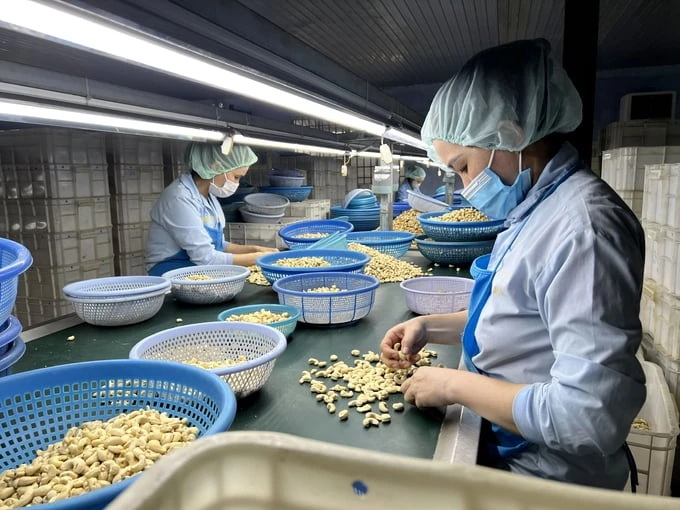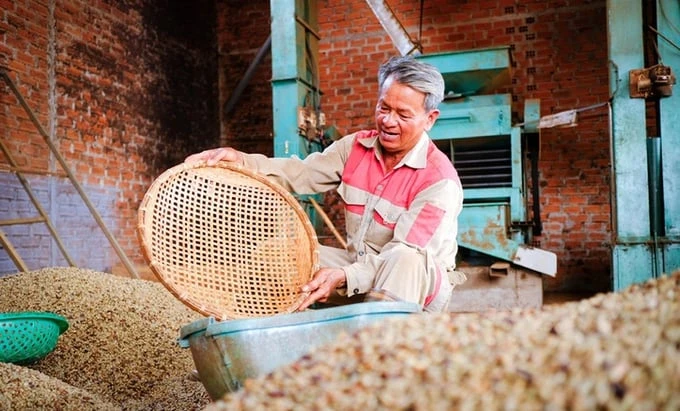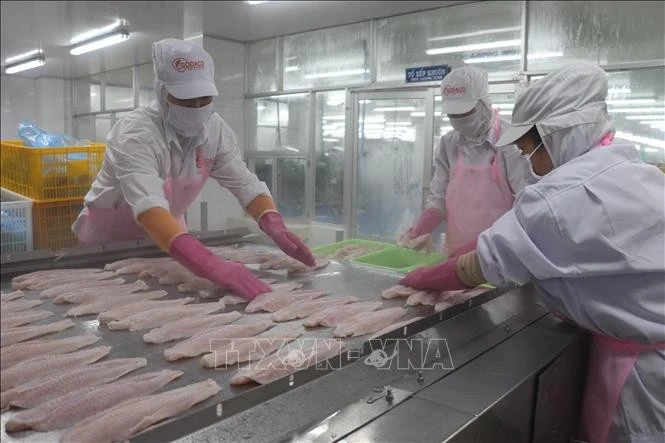
By Vietnam Expo On 09-07-2024 at 6:04 am
Vietnamese seafood is a magnet for consumers in adjacent markets
VASEP anticipates that the pangasius export volume will continue to rise in the second half of the year due to the high demand from major markets, including China and ASEAN.
The exportation of crab and sentinel crab from Vietnam has been steadily increasing since the inception of 2024, as indicated by statistics from the General Statistics Office of Vietnam. Export values increased by 62% in May compared to the same period in the previous year, reaching 22 million USD. Export turnover exceeded USD 97 million in the initial five months of the year, representing a 76% increase.
The Chinese market continues to be the primary export market for Vietnamese crab, sentinel crab, and other crustaceans, taking up 42% of the total export turnover. The export value of this market is experiencing a significant increase, with a triple-digit increase from the same period last year. Nevertheless, the growth rate is decreasing. Only in May 2024, the export of crabs and other crustaceans to this market increased by 418% year-over-year, reaching nearly USD 11 million. Exports to this market increased by 502% over the year's first five months, totaling over USD 41 million.
Within the past two months, there has been a consistent decline in exports to Japan. The value of crab exports, sentinel-crab, and other crustaceans in May decreased by 9% year over year, reaching over 6 million USD. Nevertheless, the cumulative exportation to this market increased by 7%, reaching nearly 29 million USD, as a result of the first quarter's growth.
Only in May 2024, the export of crabs and other crustaceans to this market increased by 418% year-over-year, reaching nearly USD 11 million. Exports to this market increased by 502% over the year's first five months, totaling over USD 41 million.
Exports to the United States and Canada are also experiencing growth, with increases of 32% and 54%, respectively. Conversely, exports to EU nations are not as advantageous. The valuation of crab exports to the EU decreased by 58% year over year.
As per the Vietnam Association of Seafood Exporters and Producers (VASEP), the export volume of pangasius products exceeded 83,000 tons in May 2024, representing a 46% increase from the same period last year and an 8% increase from the last month. It is worth noting that exports to China and Hong Kong experienced a 20% year-over-year increase.
In addition, the export volume of pangasius to several other markets experienced substantial growth, including the United Kingdom, Mexico, and ASEAN, which rose by 33%, 15%, and 7%, respectively. Nevertheless, exports to the United States experienced a 1% decline.
VASEF determined that the Chinese market is experiencing a significant recovery, with price stability and high demand. This would serve as an impetus for Vietnamese pangasius exports in the latter half of the year. The prices of pangasius at retail stores in China are less expensive than those of local fresh fish, such as carp.
The price of pangasius continued to decrease over the subsequent two months, following a 3% increase in March. In response to the deteriorating economy, consumers have implemented spending restrictions. Pangasius fillets have become increasingly popular and established in this market due to their affordability and high quality.
The export volume of pangasius to China exceeded 29,000 tons in May 2024. This marked the highest level since February of the previous year and the most significant growth rate since February 2024. In comparison to the same period last year, the average export price to this market decreased by 18%, despite the increase in export volume.
In May, the export volume of pangasius to the United States was over 13,000 tons, a minor decrease from the previous month. The average export price increased by 1.7% to USD 2.95.
In the first half of June 2024, pangasius exports to the United States amounted to nearly USD 14 million, a 39% increase from the same period in the previous year, as indicated by Vietnamese Customs data. As of June 15, cumulative pangasius exports to this market had reached USD 146 million, representing an 18% increase from the same period in 2023.
The export volume of pangasius products exceeded 83,000 tons in May 2024, representing a 46% increase from the same period last year and an 8% increase from the previous month. The year-over-year increase in exports to China and Hong Kong was 20%.
The export volume of pangasius to the EU remained relatively consistent in May, despite a minor decrease to over 6,000 tons. In contrast to the previous month, the average export price to this market remained at USD 2.43/kg, the same as in March 2024, a 4.7% decrease.
In May, the ASEAN market experienced its highest import volume since November of the previous year, with a total of nearly 9,000 tons of pangasius exported. Nevertheless, the average export price decreased by 7.5% to USD 1.74/kg, the lowest level since late 2021, as producers are currently confronted with increased input costs.
In May, Mexico imported over 2,000 tons of pangasius for the third consecutive month, despite the price remaining unstable at USD 2.13/kg, a 7.4% decrease from the previous month.
In May 2024, the export volume of Vietnamese pangasius attained its highest level in the past two years, as reported by VASEP. This growth was primarily driven by the Chinese market, which experienced the highest import volume since February of the previous year. Nevertheless, the export price of pangasius has not exhibited any indications of recovery and has a tendency to decline in certain markets. This is primarily due to the high input costs associated with pangasius production, which are kept low by the low selling prices. This has the potential to impact the profitability of pangasius export businesses.
VASEP anticipates that the export volume of pangasius will continue to rise in the second half of the year as a result of the high demand from key markets, including China and ASEAN. Nevertheless, the export price of pangasius may continue to be low as a result of high input costs and competitive pressure. Pangasius export enterprises must prioritize the enhancement of product quality, the diversification of markets, and the identification of solutions to minimize production costs.

Author
Vietnam Expo
Related posts






